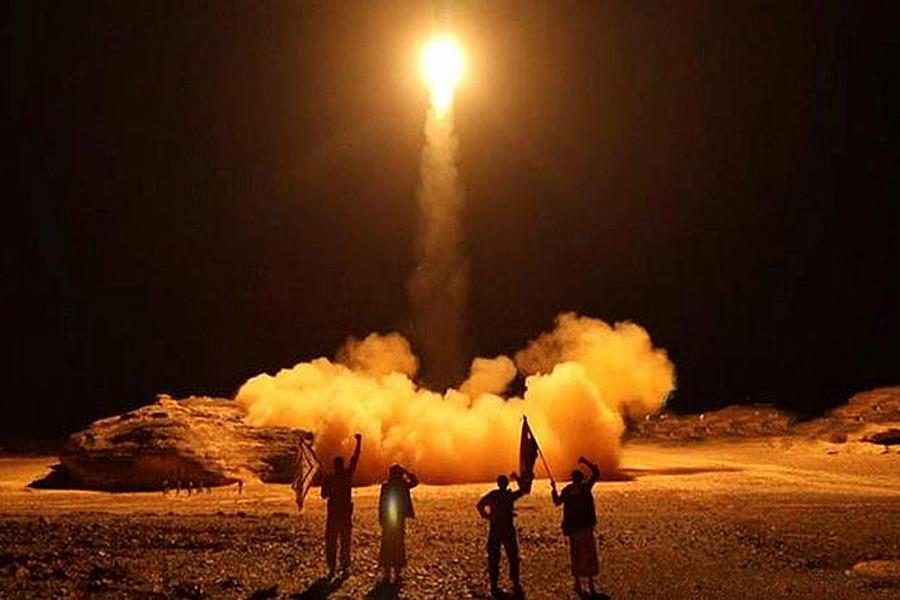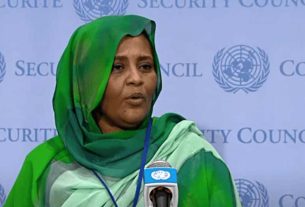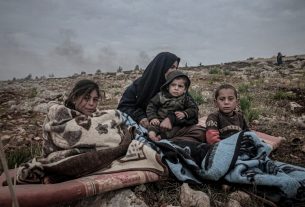Sun 23 January 2022:
The parties to the war in Yemen each have their own agenda, making the conflict hard to resolve. Here are some of these groups and what they want, as reported by Reuters:
THE HOUTHIS
In the late 1990s, the Houthi family in far north Yemen set up a religious revival movement involving the Zaydi sect of Shia Islam, which had once ruled Yemen but whose northern heartland had been marginalised.
As friction with the government grew, they fought a series of guerrilla wars with the national army and a brief border conflict with Saudi Arabia. They built ties with Iran, but it is not clear how deep that relationship goes.
Since seizing the capital Sana’a in 2014, the Houthis have relied on parts of the existing bureaucracy to govern much of the north and other big urban centres. Their long-term strategy is unclear.
LOYALISTS OF THE LATE PRESIDENT SALEH
Ali Abdullah Saleh took power in north Yemen in 1978 and, after unification with the south in 1990, he stayed on as President. He joined with tribal power brokers to dominate the country, placing his clansmen in key positions in the army and economy, prompting accusations of corruption.
When former allies deserted him during the Arab Spring, forcing him from power, Saleh joined with his former foes, the Houthis, and helped them seize Sana’a.
Despite their differences, they ruled much of Yemen together until last year. Then Saleh saw a chance to regain power for his family by turning on the Houthis but was killed trying to flee.
When Saleh switched sides, so did some commanders and troops loyal to him. They are now fighting against their former Houthi allies under the late President’s nephew, Tarek, an army general with ties to the United Arab Emirates.
PRESIDENT HADI’S GOVERNMENT
A General in south Yemen before unification, Abd-Rabbu Mansour Hadi sided with Saleh during the brief 1994 civil war. After defeating the separatists, Saleh made Hadi vice-president.
When Saleh was forced from power, Hadi was elected to a two-year term in 2012 to oversee a transition to democracy with a new constitution and new elections scheduled for 2014.
Hadi has been at odds with a key Saudi ally, the UAE, due to his alliance with the Islamist Islah party. It is seen as an offshoot of the Muslim Brotherhood, which has been designated by Riyadh and Abu Dhabi as a terrorist organisation.
Hadi’s forces are vying for control of the southern port of Aden, the temporary seat of the government, where the influence of UAE-backed southern separatists has grown.
SOUTHERN SEPARATISTS
After independence from Britain, South Yemen became the only Communist country in the Middle East, but it suffered constant in-fighting. Weakened by that and the collapse of the Soviet Union, it unified with Saleh’s North Yemen in 1990.
As it became clear that most power was in northern hands, the old southern leadership tried to secede in 1994 but was swiftly beaten by Saleh’s army, which sacked Aden. Many southerners have complained of increasing economic and political marginalisation.
Led by Abu Dhabi-based General Aidaroos Al-Zubaidi, the separatists captured the southern ports of Mukalla from Al-Qaeda and Aden from the Houthis in 2015. They have more than 50,000 fighters, armed and trained by the UAE.
The main separatist group, Southern Transitional Council, has seized control of Aden several times in a power struggle with Hadi’s government over the control of the south. Tensions remain high, despite a Saudi-brokered deal in 2019 to end the standoff.
AL QAEDA IN THE ARABIAN PENINSULA
Set up by members of the global jihadist group which had escaped prison in Yemen and their comrades who fled Saudi Arabia, Al-Qaeda in the Arabian Peninsula became one of its most powerful branches.
It took advantage of Arab Spring chaos to create mini-states in remote eastern regions and launched numerous attacks that undermined Hadi’s transitional government. During the civil war, it has carried out attacks against both sides. Any prolonged chaos in Yemen will give it more room to consolidate and plot attacks abroad.
SAUDI ARABIA, THE UAE AND THE WESTERN-BACKED COALITION
Saudi Arabia regards the Houthis as a proxy for Iran, its greatest regional rival, and it wants to stop Tehran from gaining sway in its neighbour, Yemen.
Saudi troops have been deployed along the borders and in some Yemeni provinces, but it has relied mostly on airstrikes against Houthi-held areas. Saudi Arabia has also provided a base in exile for Hadi and logistical support for the ground fighting in northern Yemen.
The UAE, which also backed the 2012 transition plan, is the other main participant in the coalition.
Abu Dhabi deployed some ground troops and suffered casualties in the war before largely ending its military presence on the ground in 2019. It holds sway via tens of thousands of Yemenis, mostly from the southern provinces that it armed and trained.
The United States, Britain, France and other Western countries actively backed the alliance with weapons, logistics and intelligence throughout the war until late 2020. US President, Joe Biden, halted US support to the war and made ending it a priority of his foreign policy, amid an uproar over civilian casualties by the coalition’s bombings.
Other countries in the coalition have been less closely involved, though Sudan has put some troops on the ground.
IRAN AND ITS REGIONAL ALLIES
Iran champions the Houthis as part of its regional “axis of resistance”, and the movement has adopted elements of Tehran’s revolutionary ideology.
But, while Saudi Arabia and its allies accuse Iran of arming and training the Houthis, the extent of the relationship is disputed and Tehran has denied funnelling weapons into Yemen.
_____________________________________________________________________________________________________________
FOLLOW INDEPENDENT PRESS:
TWITTER (CLICK HERE)
https://twitter.com/IpIndependent
FACEBOOK (CLICK HERE)
https://web.facebook.com/ipindependent
Think your friends would be interested? Share this story!





